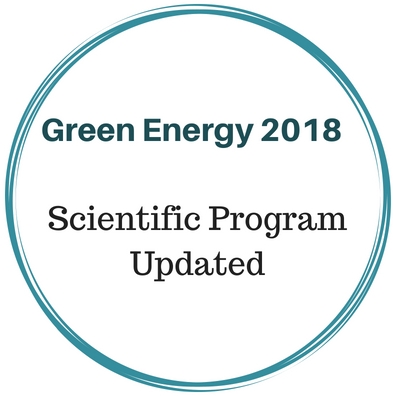Samuel Hassid
Technion Israel Institute of Technology, Israel
Title: Plenary Talk on Energy towers : renewable energy strategy for hot dry climates
Biography
Biography: Samuel Hassid
Abstract
Energy (or Desert) towers are a renewable energy producing device suitable for hot and dry climates. They are based on spraying sea water from the top of a tower 500 m high. The sprayed droplets evaporate and thus cool the surrounding air creating a downdraft which moves electricity-generating turbines located at the basis of the tower. The air is subsequently delivered through a diffuser to the surrounding environment where the salt containing water precipitate to the ground. The Energy tower generates electricity without producing greenhouse gasses. It has been estimated that approximately 1/3rd of the gross power delivered by the turbines is necessary for pumping the sea water to the tower site and up the tower, whereas another 2/9th is lost to aerodynamic friction, leaving 4/9th as net power. The electricity is generated 24 hours a day (although at a much smaller power during the night) CFD calculations indicate that an energy tower with a 200 m diameter and a 600 m height may deliver a 250 MWe net electrical power and 250 GWh a year. In addition a by-product is desalinated water that can be derived from the cold humid air. The estimated cost of the generated electricity is estimated to 2-3 cents/kWh – which makes it competitive and clean, without green-house gasses. The major environmental effect is the precipitation of salt. Energy towers are suited for latitudes between 20 and 30° which are usually hot and dry.

